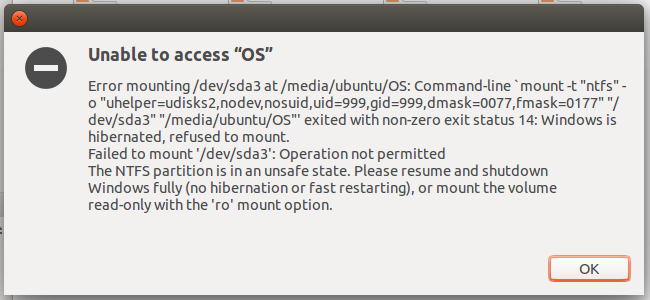How To Mount File System Gnome
Linux: How to Mount a Windows file system from Linux Question: How can I mount a Windows file system from Linux? Answer: To mount a Windows file system from Linux can be a challenging task. To begin, you'll need to determine what kind of Windows file system you are trying to view.


Follow the guide of your choice from Final Install to complete the installation. You install the Ubuntu GNOME. GNOME screen reader on the installed system. I am using Nautilus now, and back then when i was using Ubuntu i could right-click on an ISO file and automount it without the need to issue any command. But now i am.
Body Pump Routine Pdf Converter. Most flavors of Linux come with appropriate drivers for the most common file system types. Windows 3.x, 95, 98, 98SE, and ME usually use a MSDOS or a VFAT formatted partition. (VFAT is a replacement file system, which is more efficient than the older MSDOS one.) Windows NT4, 2000, and XP generally use a more advanced file system called NTFS. All of the RedHat releases of Linux ship with support for the MSDOS and VFAT file systems. The newer NTFS file system is a different story. Cbt Nuggets Bgp 642-661 Rapidshare. Very few of the Linux distributors ship with out-of-the-box support. This is for a good reason.
While there is quite a bit known and published about MSDOS and VFAT, Microsoft has kept the specifics for NTFS very quiet, so the implementations vary in stability and features. Fortunately, there is a web site which maintains RPM packages with appropriate NTFS drivers for most recent versions of RedHat Linux. The site can be found at: If you are attempting to mount an NTFS file system, you'll need to download the appropriate RPM for your system. If you are unsure of how to do this or are confused by the next step, I would recommend that you seek more advanced Linux help.
All systems are different so it is difficult to provide exact help with these types of problems. Jorion Value At Risk. To continue, you'll need to have determined what type of file system you have.
If it is an NTFS file system, you will also need to have downloaded the correct RPM package from the site above and installed it without error. Now that you have the necessary driver support installed, you'll need to determine which partition holds the Windows file system you need access to. You may already know this from your installation procedures.
Linux uses a different convention than Windows for describing disk partitions. A typical example of a Linux partition would be: /dev/sda2 This indicates that you installed windows on your SCSI disk on the second partition.
Comments are closed.